I. Androutsopoulos
Software & Knowledge Engineering Lab, Institute of Informatics & Telecommunications, NCSR Demokritos, Greece
Stacking classifiers for anti-spam filtering of e-mail
Jun 19, 2001

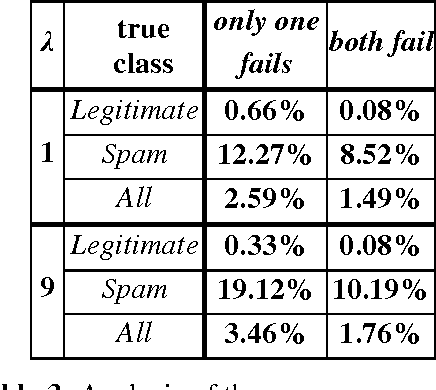
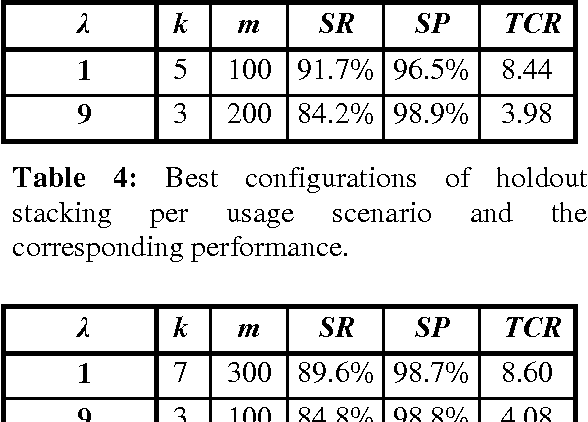
Abstract:We evaluate empirically a scheme for combining classifiers, known as stacked generalization, in the context of anti-spam filtering, a novel cost-sensitive application of text categorization. Unsolicited commercial e-mail, or "spam", floods mailboxes, causing frustration, wasting bandwidth, and exposing minors to unsuitable content. Using a public corpus, we show that stacking can improve the efficiency of automatically induced anti-spam filters, and that such filters can be used in real-life applications.
Resolving Part-of-Speech Ambiguity in the Greek Language Using Learning Techniques
Jun 30, 1999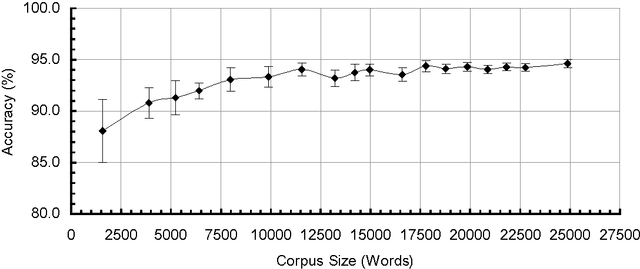
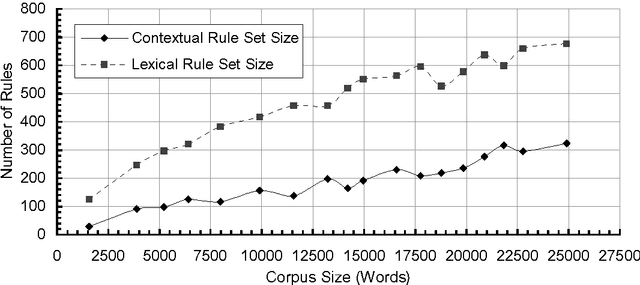
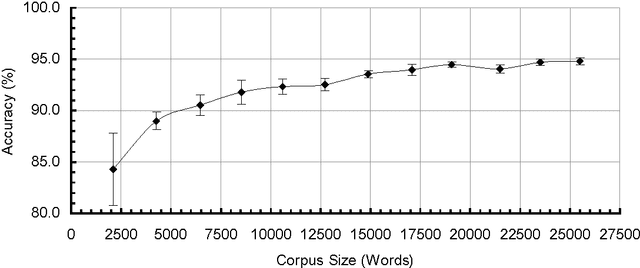
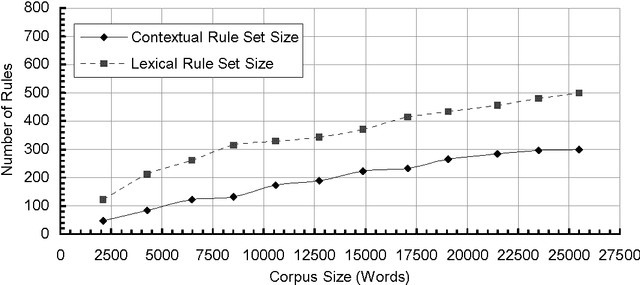
Abstract:This article investigates the use of Transformation-Based Error-Driven learning for resolving part-of-speech ambiguity in the Greek language. The aim is not only to study the performance, but also to examine its dependence on different thematic domains. Results are presented here for two different test cases: a corpus on "management succession events" and a general-theme corpus. The two experiments show that the performance of this method does not depend on the thematic domain of the corpus, and its accuracy for the Greek language is around 95%.
* 6 pages. To appear in the Proceedings of the ECCAI Advanced Course on Artificial Intelligence(ACAI'99), Chania, Greece, July 1999
Temporal Meaning Representations in a Natural Language Front-End
Jun 22, 1999Abstract:Previous work in the context of natural language querying of temporal databases has established a method to map automatically from a large subset of English time-related questions to suitable expressions of a temporal logic-like language, called TOP. An algorithm to translate from TOP to the TSQL2 temporal database language has also been defined. This paper shows how TOP expressions could be translated into a simpler logic-like language, called BOT. BOT is very close to traditional first-order predicate logic (FOPL), and hence existing methods to manipulate FOPL expressions can be exploited to interface to time-sensitive applications other than TSQL2 databases, maintaining the existing English-to-TOP mapping.
* 15 pages. To appear in the Proceedings of the 12th International Symposium on Languages for Intensional Programming, Athens, Greece, 1999
Time, Tense and Aspect in Natural Language Database Interfaces
Mar 22, 1998

Abstract:Most existing natural language database interfaces (NLDBs) were designed to be used with database systems that provide very limited facilities for manipulating time-dependent data, and they do not support adequately temporal linguistic mechanisms (verb tenses, temporal adverbials, temporal subordinate clauses, etc.). The database community is becoming increasingly interested in temporal database systems, that are intended to store and manipulate in a principled manner information not only about the present, but also about the past and future. When interfacing to temporal databases, supporting temporal linguistic mechanisms becomes crucial. We present a framework for constructing natural language interfaces for temporal databases (NLTDBs), that draws on research in tense and aspect theories, temporal logics, and temporal databases. The framework consists of a temporal intermediate representation language, called TOP, an HPSG grammar that maps a wide range of questions involving temporal mechanisms to appropriate TOP expressions, and a provably correct method for translating from TOP to TSQL2, TSQL2 being a recently proposed temporal extension of the SQL database language. This framework was employed to implement a prototype NLTDB using ALE and Prolog.
* 50 pages. LaTeX2e. Uses: amstex, a4, a4wide, xspace, avm, examples. EPS figures included. To appear in the Journal of Natural Language Engineering
A Framework for Natural Language Interfaces to Temporal Databases
Nov 25, 1996


Abstract:Over the past thirty years, there has been considerable progress in the design of natural language interfaces to databases. Most of this work has concerned snapshot databases, in which there are only limited facilities for manipulating time-varying information. The database community is becoming increasingly interested in temporal databases, databases with special support for time-dependent entries. We have developed a framework for constructing natural language interfaces to temporal databases, drawing on research on temporal phenomena within logic and linguistics. The central part of our framework is a logic-like formal language, called TOP, which can capture the semantics of a wide range of English sentences. We have implemented an HPSG-based sentence analyser that converts a large set of English queries involving time into TOP formulae, and have formulated a provably correct procedure for translating TOP expressions into queries in the TSQL2 temporal database language. In this way we have established a sound route from English to a general-purpose temporal database language.
* 9 pages, uses the included acsc.sty, and the included *.eps figures. To appear in the 20th Australasian Computer Science Conference, Sydney, February 1997
Natural Language Interfaces to Databases - An Introduction
Mar 16, 1995
Abstract:This paper is an introduction to natural language interfaces to databases (NLIDBs). A brief overview of the history of NLIDBs is first given. Some advantages and disadvantages of NLIDBs are then discussed, comparing NLIDBs to formal query languages, form-based interfaces, and graphical interfaces. An introduction to some of the linguistic problems NLIDBs have to confront follows, for the benefit of readers less familiar with computational linguistics. The discussion then moves on to NLIDB architectures, portability issues, restricted natural language input systems (including menu-based NLIDBs), and NLIDBs with reasoning capabilities. Some less explored areas of NLIDB research are then presented, namely database updates, meta-knowledge questions, temporal questions, and multi-modal NLIDBs. The paper ends with reflections on the current state of the art.
* 50 pages, uuencoded compressed tar file, containing LaTeX code and .eps figures. Uses a4wide.sty. (No changes in the text. Fixed problem with epsf macro. Use the epsf.sty included in the tar file, not the epsf.sty of the cmp-lg server.)
 Add to Chrome
Add to Chrome Add to Firefox
Add to Firefox Add to Edge
Add to Edge